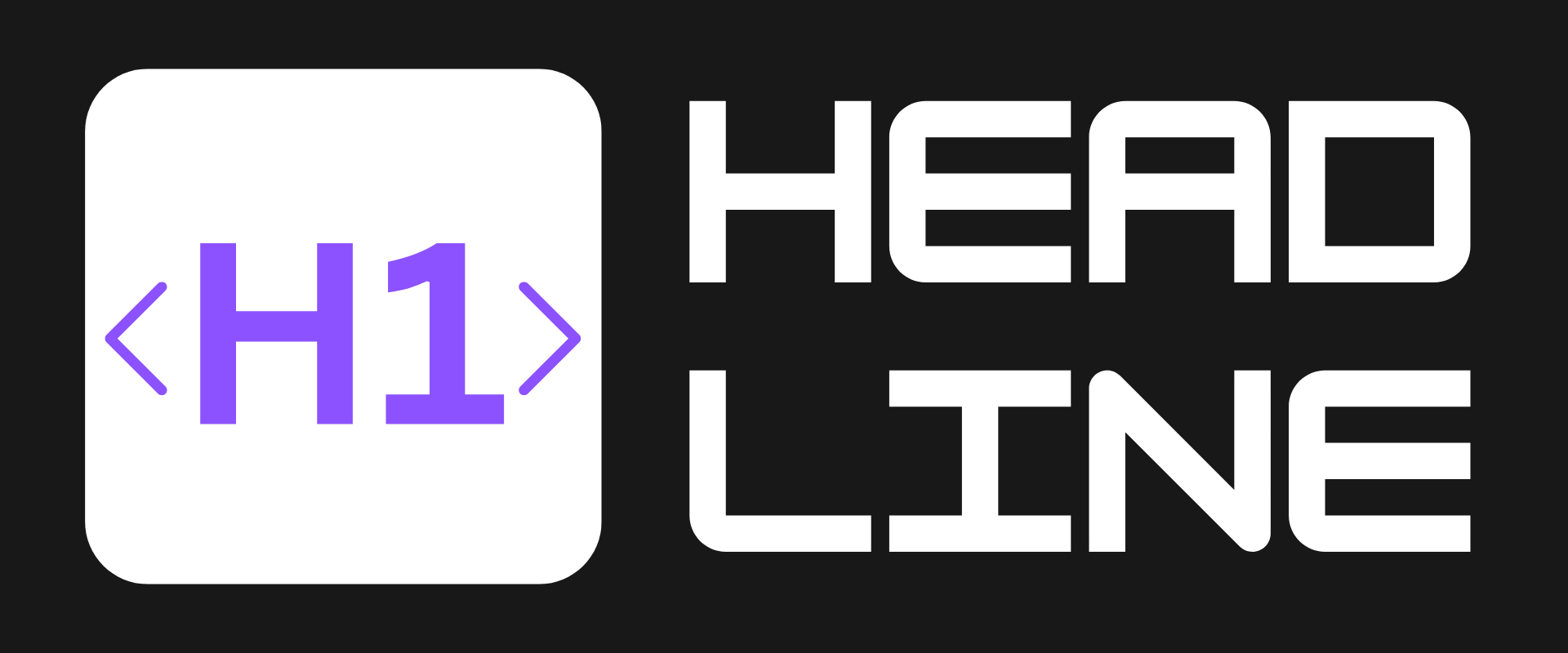Is AI Coming for Women’s Jobs First? The Shocking Gender Gap in Automation

AI isn’t just disrupting industries—it’s exposing a hidden gender bias in the workforce. A new UN report reveals that jobs traditionally held by women face nearly 3x higher exposure to AI-driven transformation than those dominated by men. From secretaries to accountants, roles critical to keeping offices running are now in the crosshairs of automation. But what does this mean for equality, productivity, and the future of work? Let’s dive in.
🌍 The Gender Gap in AI’s Crosshairs
- 9.6% of female-dominated jobs (e.g., clerical roles) face high AI exposure vs. 3.5% of male-dominated roles.
- Administrative tasks—think scheduling, data entry, and customer service—are prime targets for AI automation.
- Media, finance, and tech jobs are also transforming rapidly as generative AI masters tasks like content creation and data analysis.
- Why women? Historical gender roles pushed women into repetitive, rules-based work now being automated. Men dominate physically intensive or managerial roles that AI can’t easily replicate.
✅ The Fix: Retraining, Policy, and Inclusive Design
- Retraining programs ✅: Governments like Canada and Germany are funding AI literacy initiatives for administrative workers.
- Equitable AI policies ✅: The EU’s AI Act mandates gender impact assessments for workplace AI tools.
- Upskilling partnerships ✅: Microsoft and LinkedIn offer free courses in AI-augmented roles like “digital project manager.”
Feasibility check: Success depends on governments and corporations prioritizing women in vulnerable sectors—a challenge in male-dominated tech boardrooms.
⚠️ Roadblocks: Bias, Access, and the “Partial Automation” Trap
- 🚧 The representation gap: Only 22% of AI engineers are women, raising concerns about tools built for male-dominated fields.
- ⚡ The quality paradox: AI may handle routine tasks but leave women juggling fragmented, lower-value responsibilities.
- 🌐 Global disparities: High-income countries face job transformation; low-income regions risk losing roles entirely due to cost-cutting.
🚀 Final Thoughts: Will AI Widen—or Bridge—the Gender Divide?
The answer hinges on three factors:
- 📈 Investment in care infrastructure: Freeing women to upskill via affordable childcare and flexible hours.
- 🤖 Women-led AI design: Ensuring tools address female workers’ needs (e.g., AI assistants for nurses, not just coders).
- 💡 Policy guardrails: Laws mandating gender equity in workplace AI adoption.
But here’s the kicker: The ILO report notes most jobs won’t disappear—they’ll evolve. The real risk? Women getting stuck in “AI assistant” roles while men advance to oversee the machines. What steps should companies take NOW to prevent this divide?
Let us know on X (Former Twitter)
Sources: NBC News. AI Threatens Women’s Jobs More Than Men’s, U.N. Study Finds, August 2024. https://www.nbcnews.com/tech/tech-news/ai-artificial-intelligence-threat-women-work-labour-organization-rcna207871










